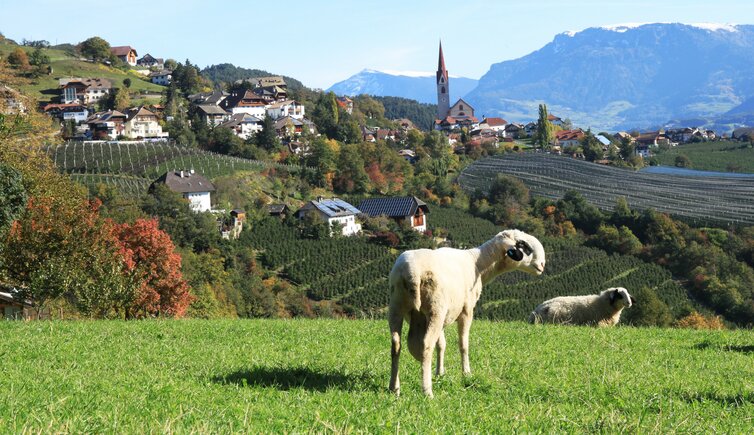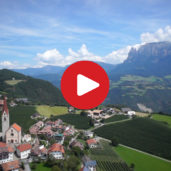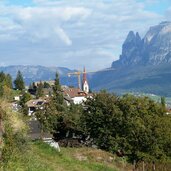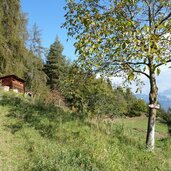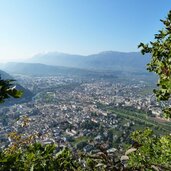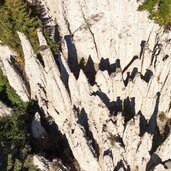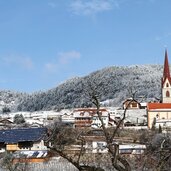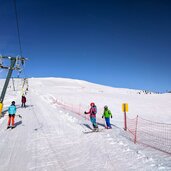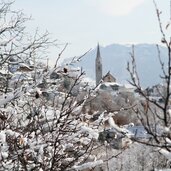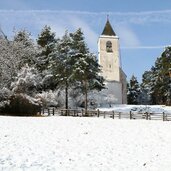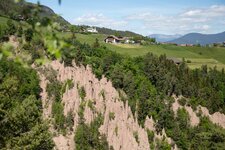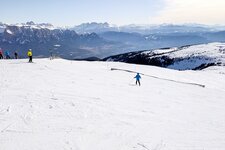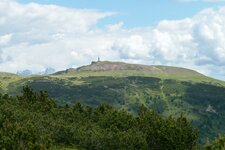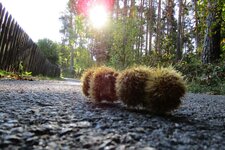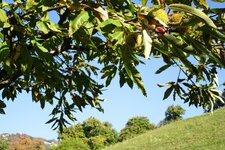The bizarre Earth Pyramids and the South Tyrolean Chestnut Trail can be found near Auna di Sotto
In the Middle Ages, the Isarco Valley was a marshy, impassable basin. The Renon offered the only route to Rome, establishing a vital pathway that passed by several now-historic sites. Over centuries, more than 60 emperors travelled this road, and pilgrims found lodging at the hospice in Longomoso. With the Valle Isarco becoming more accessible and the Renon plateau's discovery as a summer retreat for wealthy Bolzano merchants, the landscape transformed.
Today, Auna di Sotto (Unterinn, literally: Lower Auna) is a popular holiday destination in a central location on the high plateau. You can reach it just a few kilometres from Bolzano via the Renon road. A bus route regularly connects Auna di Sotto with Bolzano and Collalbo. Prominent South Tyrolean companies like the window manufacturer Finstral and the wafer producer Loacker are located on the outskirts of the village, in the industrial area.
Auna di Sotto comprises the village centre around the Parish Church of St. Lucy and the hamlets of Lastebasse, Laste Alte, Eschenbach, Gasters, and "die Eicheln". St. Lucia is the oldest church in the Renon municipality, but little remains of the original structure. Baroqued in the 18th century, it was later redesigned in the Romanesque Revival style in the late 19th century. Culture and nature enthusiasts will find numerous attractions, including the 14th-century St. Sebastian's Chapel, built to give thanks for Auna di Sotto being spared from the plague.
Near the village, you'll discover the Earth Pyramids, earthen pillars capped with protective stones that prevent erosion of the sandstone during rainfall. The "Keschtnweg", the South Tyrolean Chestnut Trail, also passes Auna di Sotto and its rustic farm inns over a two-day stretch: Stage 1 ends in Auna di Sotto, while stage 2, known as the most beautiful one, begins there.
